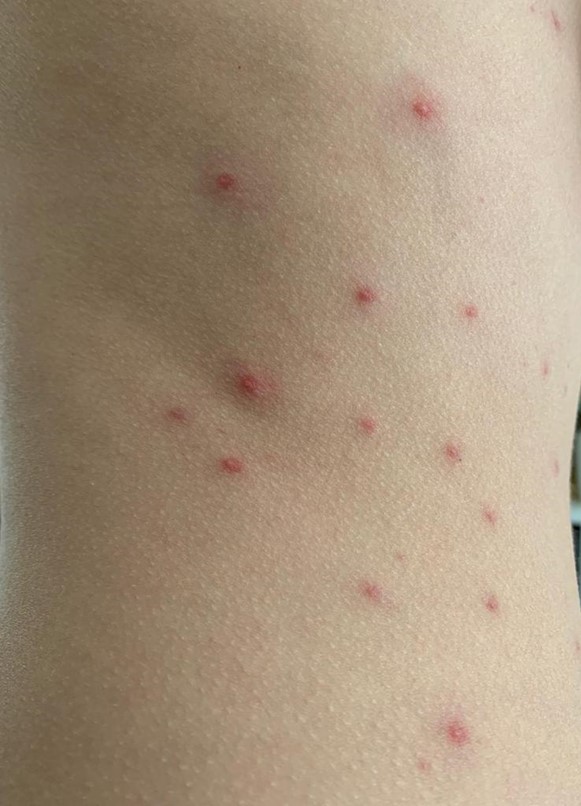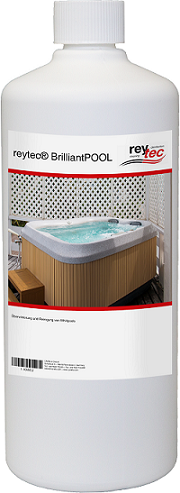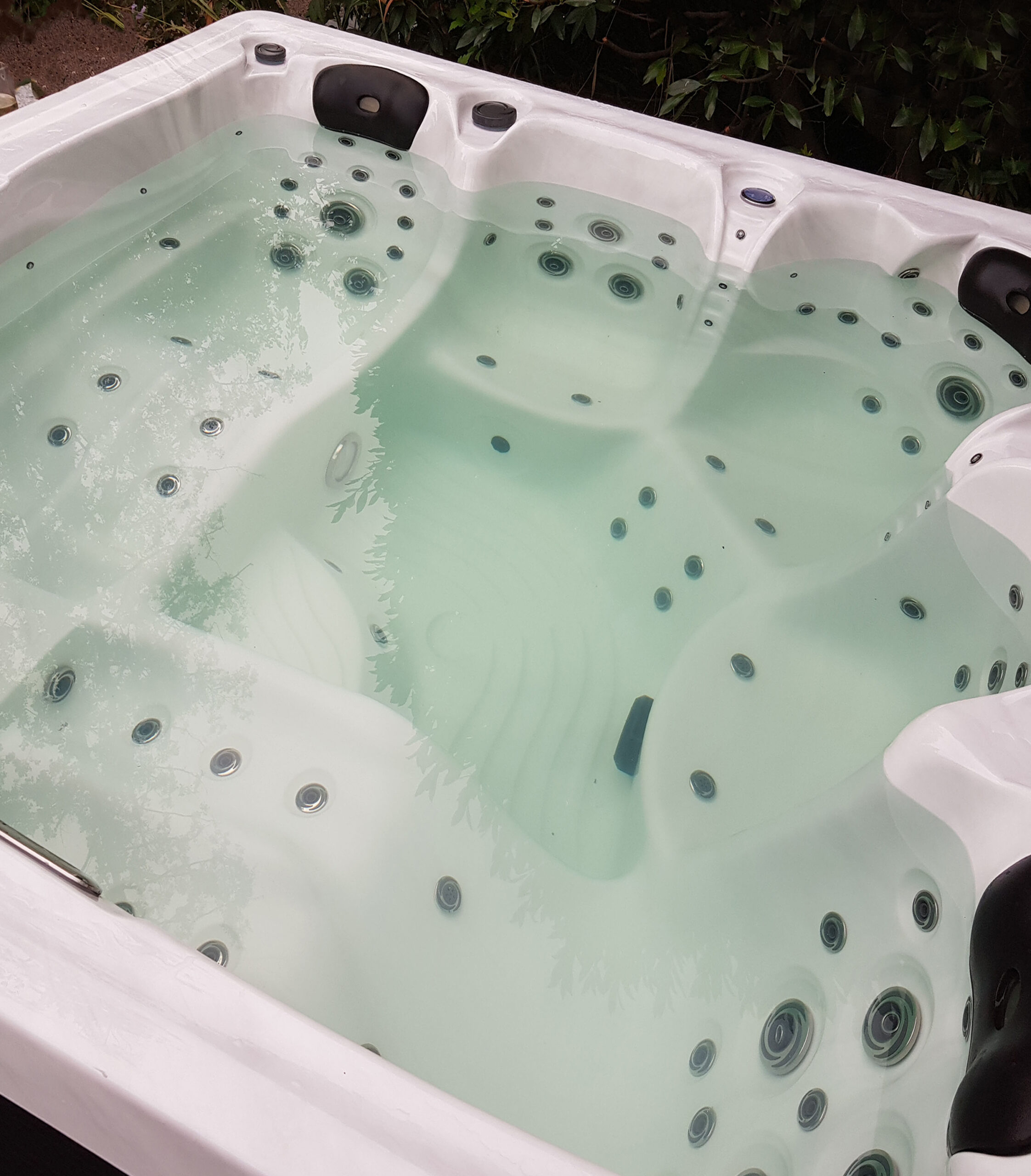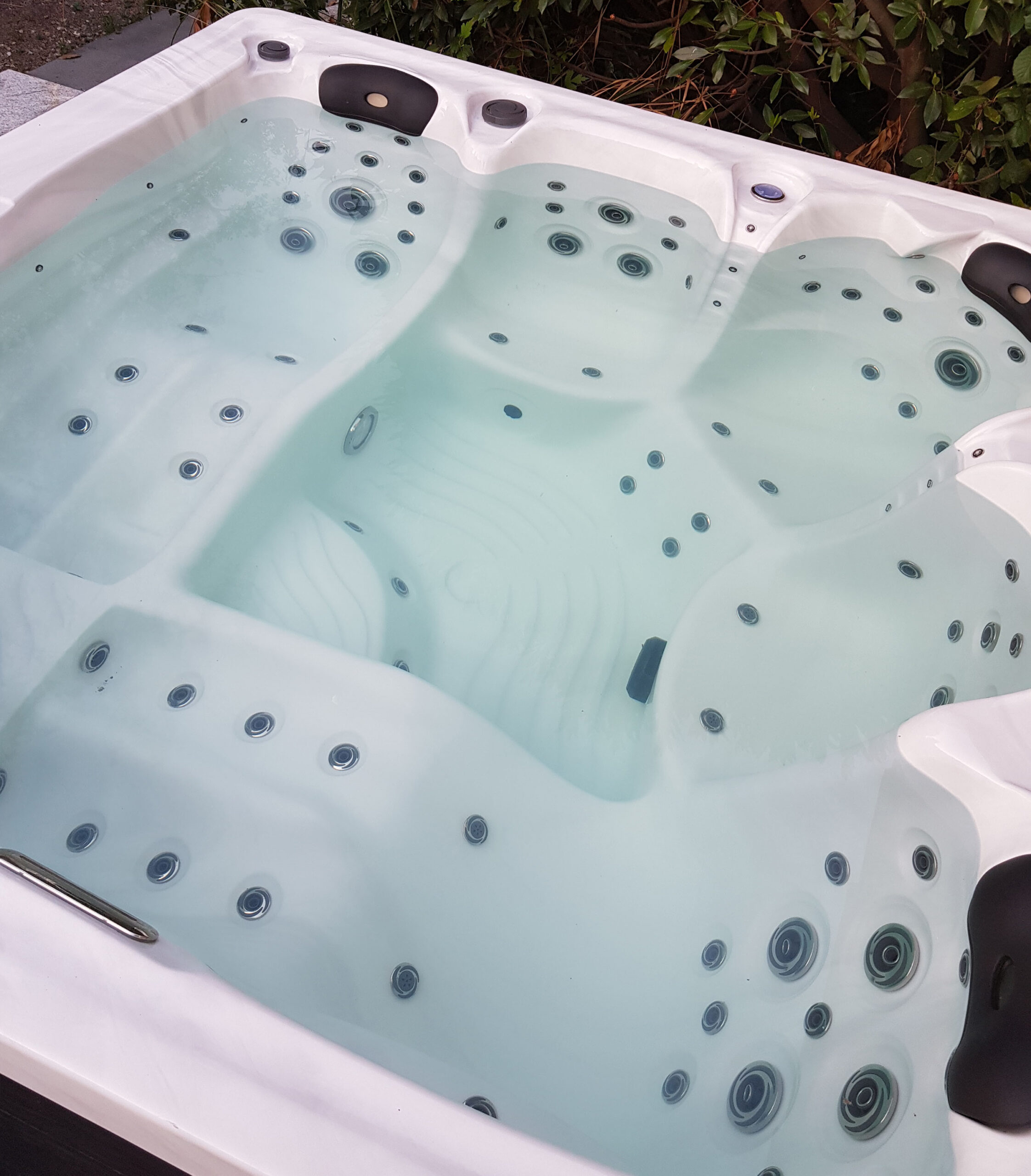Hot tubs and whirlpool baths are becoming increasingly popular in many establishments such as leisure centers, hotels and especially in the private sector. A bath in the hot tub can not only be very relaxing, but also good for your health. The warm water ensures better blood circulation and the massage relaxes the muscles. However, inadequate hygiene measures can lead to dermatological clinical pictures like hot tub folliculitis.
What is hot tub folliculitis?
Whirlpool dermatitis is an infectious disease of the skin after contact with water contaminated with Pseudomonas. It is also known as Pseudomonas dermatitis or hot tub rash.
What are the causes of hot tub folliculitis?
Most of the time, hot tub folliculitis is caused by the germ Pseudomonas aeruginosa. Pseudomonads persist in a hot tub’s invisible water pipes and there they form firmly adhering biofilm.
Risk factors for an infection are:
- High water temperature
- Water turbulence mixing with air
- Low chlorine content in the water or resistance of the pathogen to chlorine
Hot tub folliculitis can occur especially in public and private hot tubs, but also in conventional swimming pools and physiotherapy facilities – the causative germ Pseudomonas aeruginosa feels particularly good at temperatures above 30 degrees Celsius.

The skin barrier is also weakened by the warmth and moisture, providing ideal conditions for the germ to penetrate. In addition, the disinfecting chlorine is broken down at water temperatures above 30 degrees Celsius. As a result, an inadequately disinfected hot tub offers a particularly high risk of infection.
Hot tub folliculitis occurs more frequently in children than in adults. Moreover, prolonged bathing time increases the likelihood of infection. Since Pseudomonas aeruginosa can also be found in hot water boilers, in rare cases it is possible to get infected in your own bathtub.
Good to know: Pseudomonas aeruginosa is a human-pathogenic rod bacterium of the genus Pseudomonas. Due to its extraordinary undemanding nature in terms of living conditions, the bacterium can survive for a long time in both damp and dry environments (only to a small extent). Aside from hot tubs, transmission can also take place through wash basins, bathing water, contaminated cosmetics, soft contact lenses, air humidifiers and other moist media. With around 10% of all hospital infections, Pseudomonas aeruginosa is one of the most common hospital germs in Germany. Pseudomonas aeruginosa can cause diseases such as pneumonia and infections of the urinary tract, the skin, eyes, ears as well as neonatal infections.
What are the symptoms of hot tub folliculitis?
Whirlpool dermatitis occurs after an incubation time of eight to 72 hours after a bath in a bacterially contaminated hot tub. In some cases, longer incubation times of up to eight days were reported. The illness manifests itself as an itchy rash in the form of red spots, pustules and papules, especially on the lateral chest wall, as well as painful swelling of the mammary glands, a sore throat, earache or conjunctivitis. In some cases, general symptoms such as fever, nausea and lymphadenopathy can occur.
What preventive measures can be taken?
Hot tub folliculitis usually heals without any special treatment in one to two weeks. Therefore, there is no uniform therapy recommendation. Adequate chemical treatment of the water and careful water quality controls must take place to prevent disease relapse or infection. Automatic water filtration and checking the chlorine and disinfectant content is recommended. With increased visitor frequency, the water should be completely changed more often. In addition, a higher chlorine level of the water (> 5 ppm) for at least 72 hours is recommended, however, this rarely leads to the desired result since the biofilm that continuously builds up cannot be prevented or removed with the addition of disinfectant. This is where BrilliantPOOL helps.

Pictures may differ from original.
The fourfold concentrated turbidity remover BrilliantPOOL for the pool and wellness area ensures extensive hygiene and cleanliness in your hot tub!
By using the highly effective turbidity remover, the countless hidden pipes, nozzles and valves of the hot tub are cleaned intensively. The firmly adhering biofilm becomes detached and can be filtered off or removed from the pool by pumping it out. BrilliantPOOL can be added regularly to the water in small amounts; it is particularly recommended to add BrilliantPOOL before every water change and especially after every standstill. After adding the product, the jet and circulation pumps (if available also the air pumps) should be activated so that BrilliantPOOL can develop its cleaning power in all hidden pipes and fittings. First effects are clearly visible within a few minutes. This hygienic cleaning can specifically prevent hot tub folliculitis. It works regardless of the water temperature, the cleaning method and the disinfectants used. BrilliantPOOL binds turbidites, cleans the inner surfaces of the pipes and thus ensures brilliantly clear water. The turbidity remover is pH neutral, does not contain any alcohol and can therefore be stored very easily and safely.
before

after

How to clear cloudy pool water
References
- Deutsches Ärzteblatt (1992): Whirlpool-Dermatitis: Eine neue epidemische Freizeitdermatose. 89, Heft 34/35.
- DocCheck (2019): Whirlpool-Dermatitis. https://flexikon.doccheck.com/de/Whirlpool-Dermatitis
- DocCheck (2021): Pseudomonas aeruginosa. https://flexikon.doccheck.com/de/Pseudomonas_aeruginosa
- MSD Manual (2019): Follikulitis. https://www.msdmanuals.com/de-de/profi/erkrankungen-der-haut/bakterielle-hautinfektionen/follikulitis

